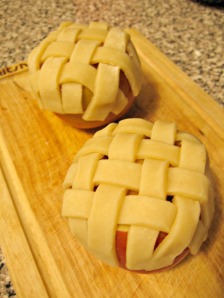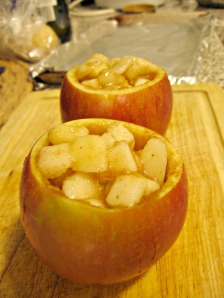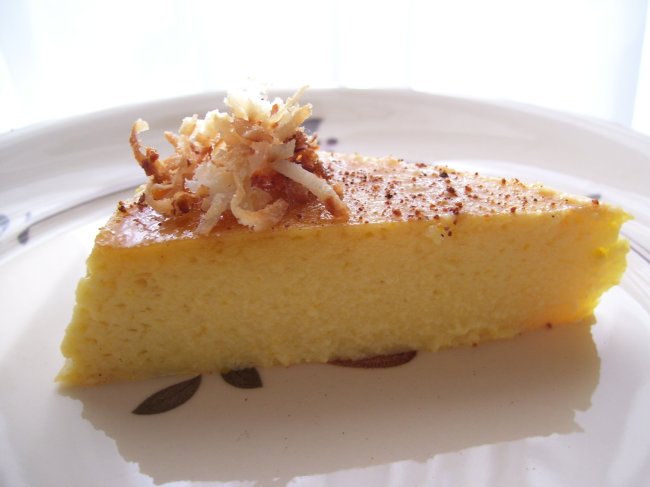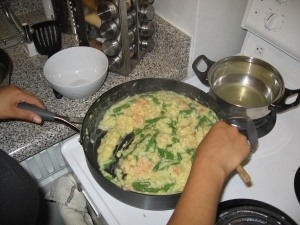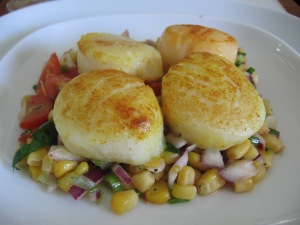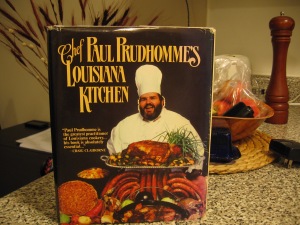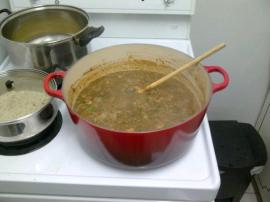Happy May Everybody! Spring has finally sprung here in Toronto! It’s time to get some fabulous French bistro-style desserts going to enjoy out on your balconies. This chocolate banana tart is easily one of our favorites and is a show-stopper. The caramelized bananas pair perfectly with the rich chocolate and a little serving goes a long way. This recipe is from Dorie Greenspan’s ‘Around My French Table.’ This is a stellar cook book and is filled with tons of detailed information and multiple variations on many of her recipes. It is also covered in sticky little fingerprints from all the cooking we’ve done with it!
Just some tips before you get started- if you don’t have a food processor, no worries. I have made this crust using only my hands to cut in the butter. You have to work quickly, though otherwise the heat from your hands will melt it and you’ll have chocolate paste all over your hands! I would also recommend using two bananas in your caramelized filling. I like having a little more creamy banana in each bite with the ganache.
Chocolate Shortbread Tart Crust
1/4 cup all-purpose flour
1/4 cup unsweetened cocoa powder
1/4 cup confectioners’ sugar
1/4 teaspoon salt
9 tablespoons of VERY cold unsalted butter, cut into tiny pieces
1 large egg yolk
Caramelized Bananas
1 ripe, firm banana
fresh lemon juice
1 1/2 tablespoons unsalted butter
3 1/2 tablespoons of sugar
Bittersweet Ganache
1/2 pound bittersweet chocolate, very finely chopped
1 cup plus 2 tablespoons heavy cream
4 tablespoons (1/2 stick) unsalted butter, cut into 4 pieces, at room temperature
Banana Topping
1/2 cup apricot jam, strained
2-3 ripe, firm bananas
fresh lemon juice
Tart Crust
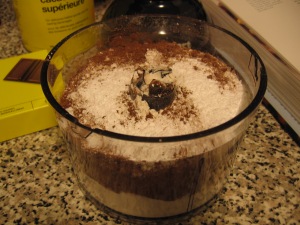
1. Place all dry ingredients in a food processor and pulse to combine. Sprinkle the pieces of butter over the top and pulse until the butter is cut in.
2. Whip your egg yolk and add to the food processor little by little, pulsing until incorporated.
3. Once you have what may look a bit like sand, you can mold a few small balls of the dough and place them in to your buttered tart pan. Press the dough down in to the tart pan, moving from the center out to the sides.
4. Once you are satisfied with your crust, prick over the surface with a fork to keep it from puffing up in the oven.
5. Cover it with foil and place it in the freezer for a minimum of 30 minutes. If you’re making the tart ahead, the crust will be good in the freezer for up to five days.
6. Set your oven to 375 degrees F. Butter a piece of aluminum foil big enough to cover your crust and press it gently down on top of your crust.
7. Bake for 25 minutes. Remove the foil after 25 minutes and bake for an additional 8 minutes to crisp up the crust a bit. If it got puffy, just press down on it gently with the back of a spoon.
Caramelized Bananas
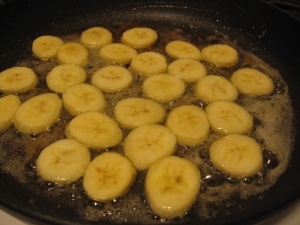
1. Slice your bananas in to thick slices at an angle and toss them with lemon juice to keep them from getting brown.
2. Heat your skillet over high heat and melt your butter. Once it melts and starts to bubble, place your bananas in the skillet and gently turn them to coat them in the butter.
3. Sprinkle sugar over the slices and cook on high until you have a golden coat over both sides. Be very careful when turning them!
4. Remove them from the heat and place them on a plate to let them cool.
Bittersweet Ganache
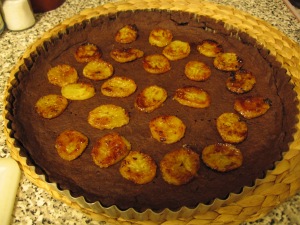
1. Put a heatproof bowl over the top of a simmering pot of water. Place your chocolate in the bowl and stir it gently until it starts to melt.
2. Once it is melted nicely, stir in your butter bit by bit and whisk gently until it is smooth and silky looking.
3. Arrange your caramelized bananas in the bottom of your baked tart shell and pour the ganache over the top. Tilt the crust back and forth to get a nice even finish.
4. Chill the tart in the fridge for 30 to 60 minutes to let it set.
Banana Topping
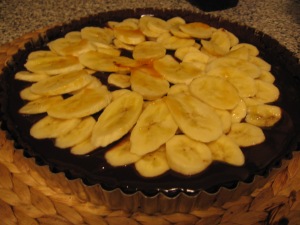
1. Boil your apricot jam in the microwave or in a small sauce pan. If it has apricot bits in it, run it through a strainer for a nice smooth glaze.
2. Cut your bananas in to 1/4 inch slices and at an angle. Gently toss them with lemon juice to keep them from turning brown. Arrange them in a circular pattern over the top of your chilled ganache.
3. Drizzle your apricot glaze over the top of your bananas and allow it to cool.
**When you’re ready to serve, pop the sides off of your tart pan, slice and serve!***




